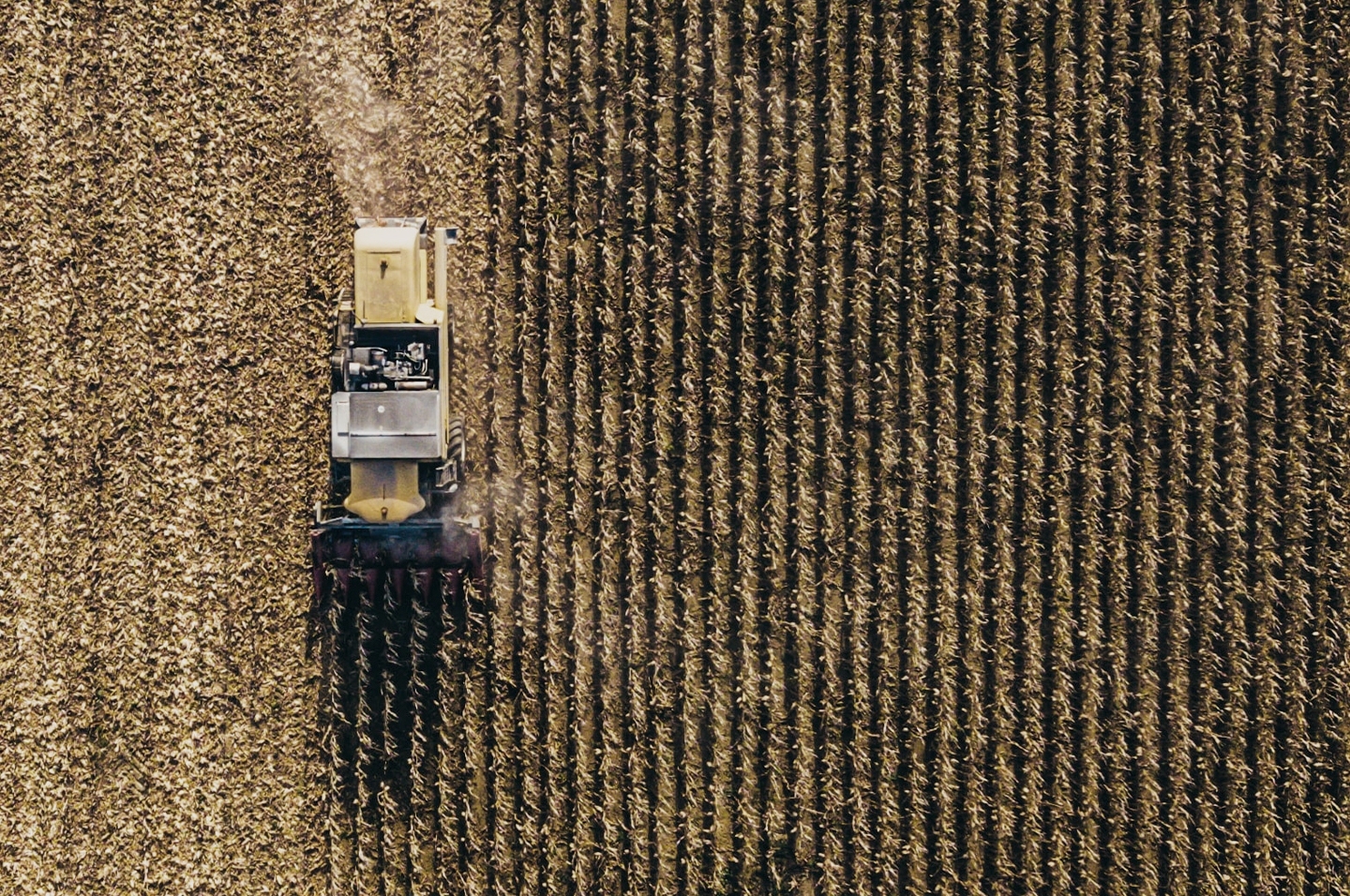
Harvested
Let’s get dirty and talk about soil health. A little while ago the UN came out and declared the world has 60 harvests left. While this has largely been debunked, how much longer can we go?
Let’s get dirty and talk about soil health. It may seem like a fairly mundane topic but an essential one nonetheless. Anyone with a garden knows that flourishing growth is primarily a product of good soil. Given essentially everything we consume relies on farming, global soil health is paramount to human survival. Food crises have been the cause of incredible suffering and conflict.
A little while ago the UN came out and declared the world has 60 harvests left.
The basic argument goes that the chemicals we use during farming, coupled with the intensity and frequency of harvests, has stripped the nutrients out of soils and decreased essential insect numbers. The good news is that this headline has been debunked. The bad news is soil fertility is quickly degrading.
The health of the earth’s soil is dependent on the region. 16% of world soils have less than 100 years of productivity left. Between 40%-60% of all soil will have eroded away and lost fertility within 1,000 years. Those may seem like problems for the next millennium’s generation, if they make it that far, but the process can easily accelerate without conservation today
The problem is that these soils are largely concentrated around regional food basins like East Asia, parts of equatorial Africa and the Amazon. Unfortunately, the communities most affected are poorer and have the lowest ability to import food and outsource their problem.
As any keen investor would ask, what innovation are we seeing to solve this? In 2020, US$6.1b was invested in AgTech (agricultural technology). More specifically, soil management falls in a subsector known as regenerative agriculture and focuses on sustainable farming.
.png&w=3840&q=100)
.png&w=3840&q=100)